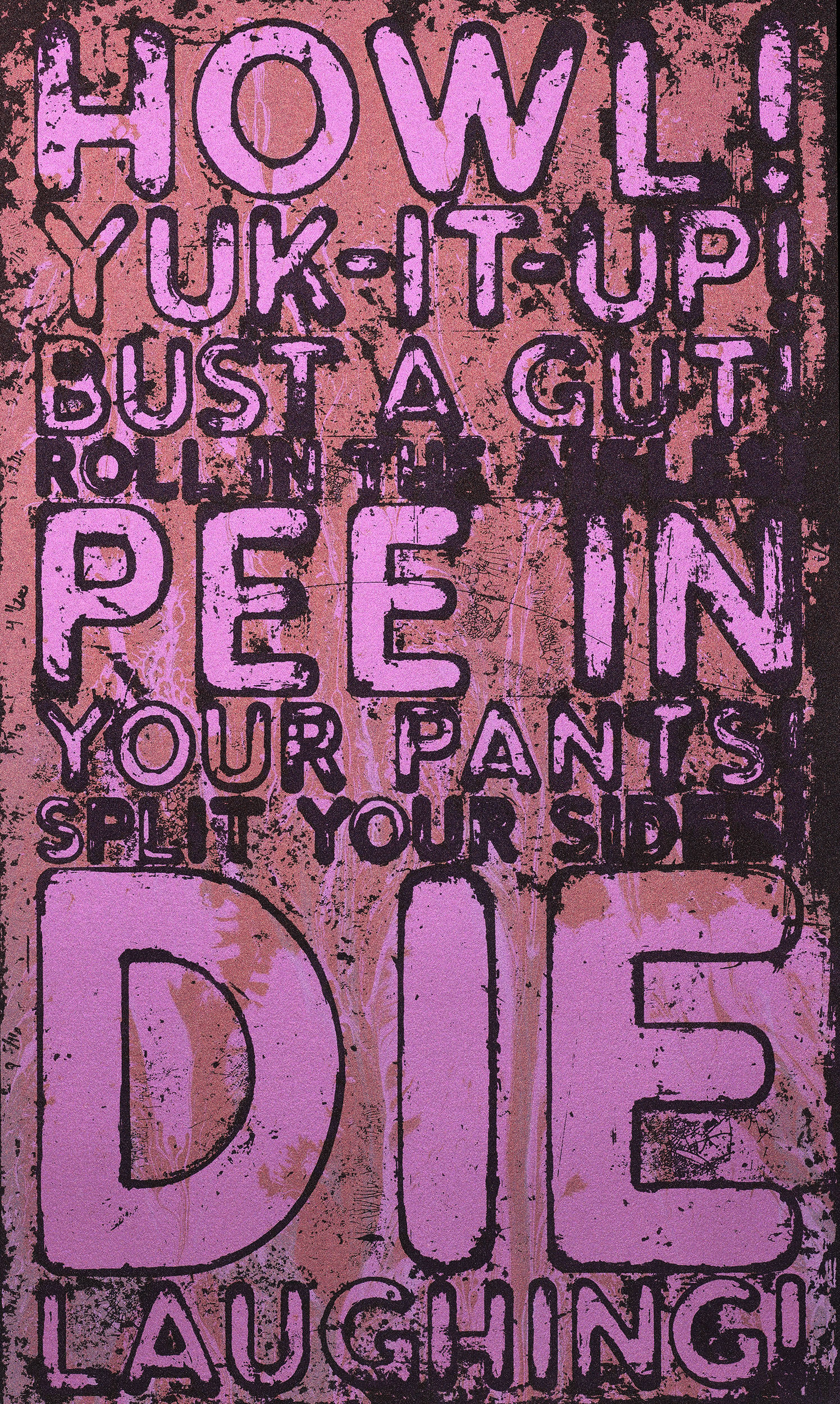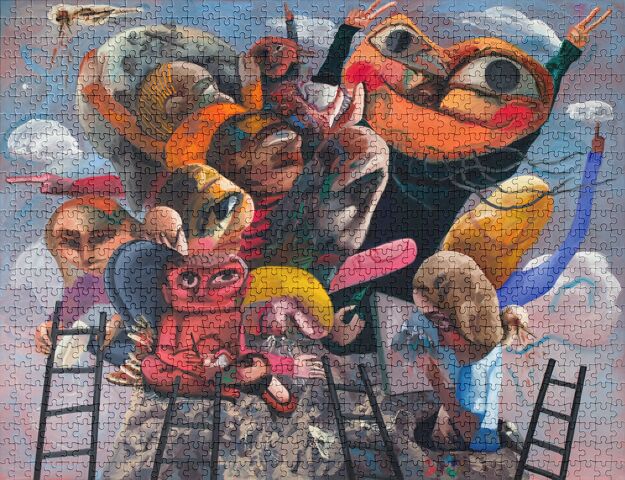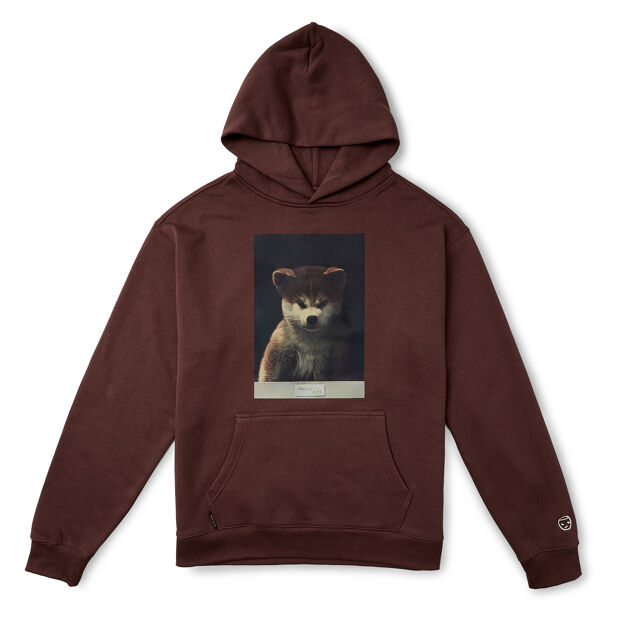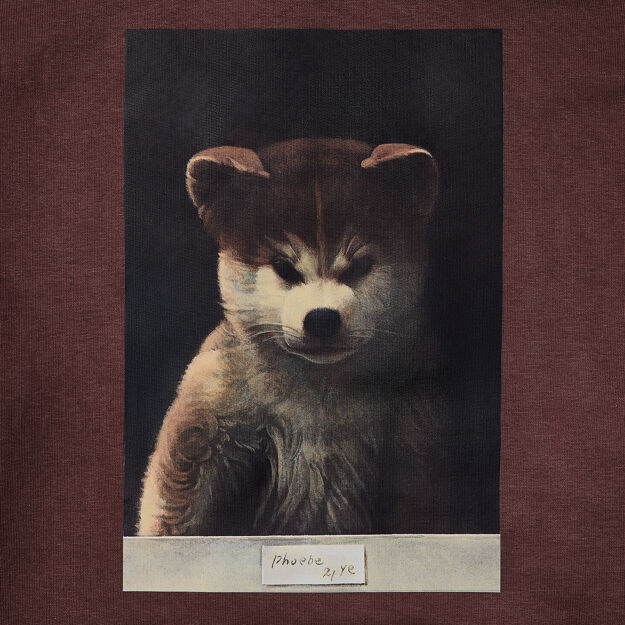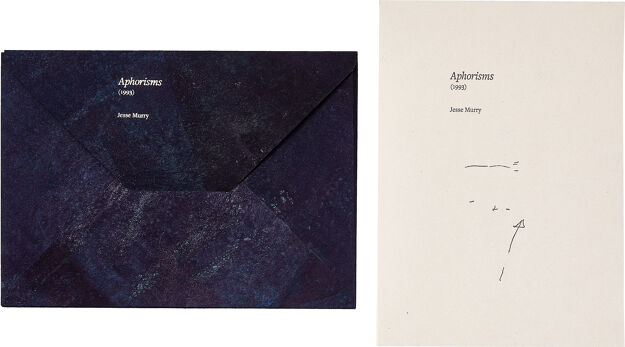Details:
① Artwork:
Howl
Mel Bochner has been an avid printmaker since the 1960s, continuously exploring new ways to experiment with traditional and non-traditional printmaking techniques. The artist’s latest edition presents one of his iconic texts, Howl, printed with glitter and iridescent ink in a striking combination of shimmery copper, iridescent purple, and glimmering black. As the viewer moves around the work, the purple shifts tonally, becoming lighter or darker depending on the viewer's vantage point.
"The texts create a narrative for me. It has to do with a sort of degeneration of language," says Bochner, "as it moves from the more polite and formal to the more vulgar and bodily. I see that movement as a kind of travelogue. You’re taking a trip through language to get from this point to that point."
Specs:
③ Artist:
Mel Bochner's work examines how painting and language are constructed and understood. The artist, coming of age during the radical changes in the late 1960s, made language a subject of his work just as the medium of painting was slowly losing its preeminent position in the visual arts. Bochner's work explores the relationships between the word and the image in an effort to make us more attentive to the unspoken codes that underpin our engagement with the world.
Mel Bochner, born in 1940, is one of the leading figures in the development of conceptual art in New York in the 1960s and 1970s.
Bochner was part of a new generation of artists—which included Eva Hesse, Donald Judd and Robert Smithson—who were looking at ways of breaking with abstract expressionism and traditional compositional devices. Bochner pioneered the use of language as a subject for the visual arts—leading Harvard University art historian Benjamin Buchloh to describe the artist's 1966 Working Drawings as "probably the first truly conceptual exhibition."
Bochner has worked with Two Palms since 1994.
